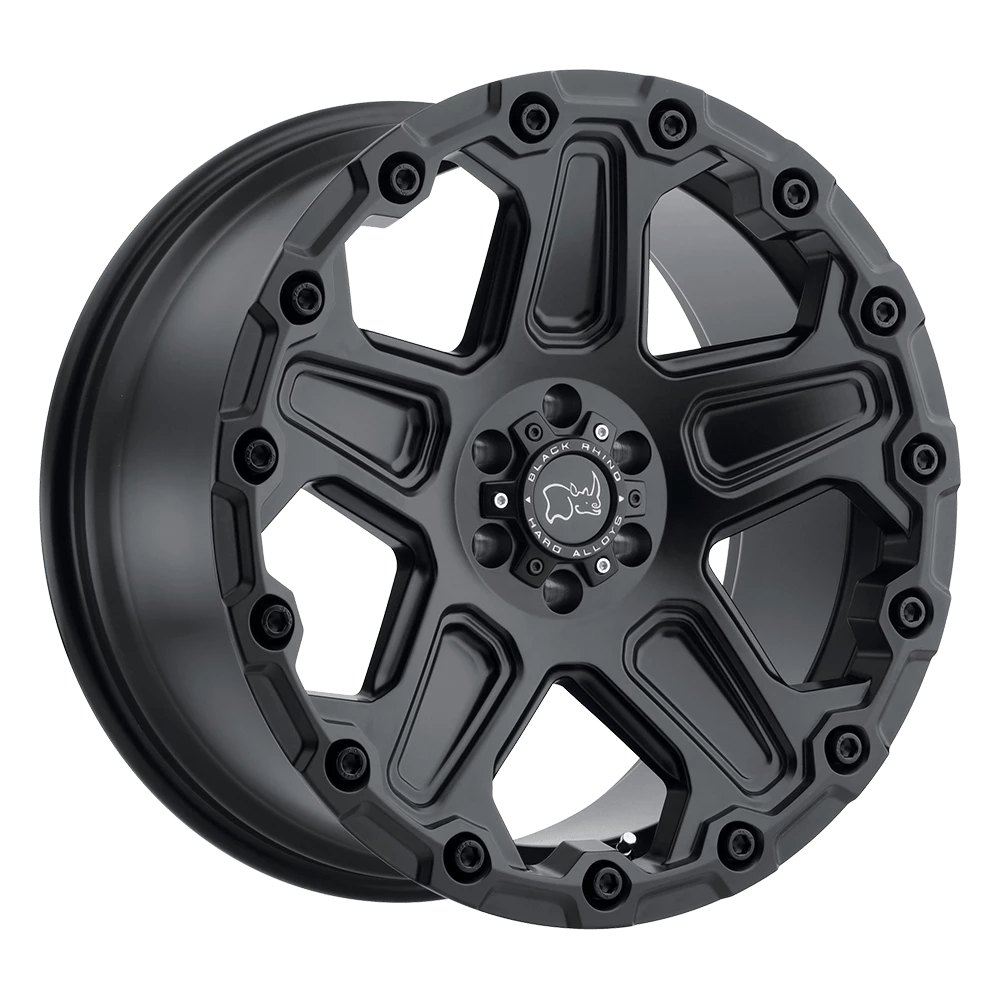Facts About Summer Tires
If you have all-season or winter tires on your car during summer, you likely don’t get the performance or handling you need in hot driving conditions. Winter, summer, and all-season tires have distinct differences between them. Here are some facts about summer tires and their superiority when driving on sunbaked roads.
Summer Tires and Winter Tires Have Key Differences
The material makeup of a tire determines its performance in hot or cold conditions. Of course, tread depth and other factors influence the handling and performance of tires in winter or summer, but the composition of the tire affects how the tire hardens or softens at various driving temperatures.
Summer tires are crafted with synthetic rubber in the material base. Synthetic rubber is softer rubber, which affords better contact with the road in temperatures above 45 degrees Fahrenheit. However, the increased synthetic rubber composition of summer tires causes them to harden in cold, winter driving conditions.
Summer tires are also made with larger tread blocks than the tread blocks on winter tires. The increased tread surface gives the tires more contact on hot summer roads. Drivers in summer conditions experience better grip, cornering, and braking on wet and dry summer roads.
Winter tires are designed to retain softness in sub-freezing temperatures, so there's more natural rubber in the tire's material composition. The extra rubber offers more grip in icy, snowy conditions.
However, winter tires also have deep channels between the treads to collect snow and offer better traction on icy and snowy roads. Winter tires don't have the increased tread blocks that make summer tires better at cornering and braking in the heat.
All-season tires are a compromise between winter and summer tires. All-season tires perform reasonably well in milder summer and winter conditions but are not the best choice of tire for driving on very hot roads.
Numbers on Summer Tires Tell You the Facts
Take a good look at a vehicle tire, and you'll see an array of numbers and letters imprinted on the sidewall. You may recognize your tire size in all of the jumbled numbers, but what do all of the numbers and letters mean?
Summer tires are rated for temperature, unlike winter and all-season tires. Look for a letter A, B, or C below or to the side of your tire-size numbers. The letters show the tire's resistance to heat buildup. An A rating indicates that the tire has the highest resistance to heat-buildup, while the C rating indicates the tire has the lowest resistance to heat buildup.
Summer-tire tread often wears more quickly than winter- or all-season tire tread. For this reason, summer tires are rated for tread wear with a number between 100 and 700. The higher the number, the better the tires will resist wear on the treads.
Seasonal Tires Have No Industry Standards
Tire manufacturers make their own standards as it relates to the performance and composition of all-season, winter, or summer tires. Each tire company determines the tread design, heat resistance, and material makeup of their product.
There are no government definitions of all-season, winter, or summer tires to help you choose an appropriate seasonal tire, either. So how do you know which type of tire will work best for your summer driving?
Do your research if you need tires for navigating the blazing hot Phoenix highways. Check out online forums devoted to your make and model of vehicle to learn more details about the summer tire experiences of other owners of your particular vehicle.
Ask your tire supplier for advice when you've narrowed down your summer tire choices. The experts can help you select the right summer tire for your specific class of vehicle and your unique summer driving conditions.



